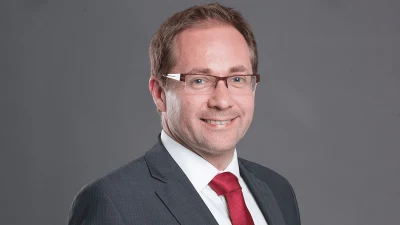Closing the gender gap in wealth advice teams



New research has uncovered that wealth investment teams are seeing greater female representation than wealth advice teams.
Future IM/Pact is an industry initiative seeking to attract more diverse talent into the investment teams of fund managers and superannuation funds.
The organisation’s Women in Wealth: The Status of Gender Equality in Australian Private Wealth Firms report used quantitative analysis conducted by Mercer which surveyed 630 participants from LGT Crestone, Morgan Stanley, JBWere and Euroz Hartleys to paint a picture of gender diversity in wealth management firms.
Comparing the investment and advisory teams within these companies, the report discovered that wealth investment teams are faring better due to “exceptionally strong” representation of women at the analyst and senior analyst level.
With the Workplace Gender Equality Agency defining gender parity as being 40 per cent women, 40 per cent male and 20 per cent of any gender, investment teams have reached this milestone overall with 42 per cent women and 58 per cent men.
But looking at advisory teams within wealth management, women comprise just 25 per cent of roles and men account for 75 per cent in comparison. Just 19 per cent of advisers are women and 13 per cent of senior advisers are women, although there is strong female representation in the more junior role of senior associate at 49 per cent.
“The concerted push to recruit more women in these entry levels hasn’t yet translated into equally high promotion rates, with men at these levels more likely to be promoted,” the report described.
“Retention challenges unwind appointment success with women being more likely to leave than men, particularly at the senior associate level where women are three times more likely to exit than men.”
As a result, retention issues at the senior associate and wealth adviser levels are offsetting any improvements made with new appointments.
Similarly for investment teams, men are being appointed and promoted at greater rates than women. Female hires are also more likely to depart, particularly at the senior analyst level.
In June, Future IM/Pact revealed a “disappointing” setback in the composition of women in portfolio management roles. The number of female portfolio managers has declined from 23 per cent in 2017 to 19 per cent in 2024. It also found that private equity, infrastructure and real estate are the three highest asset classes for female manager representation.
“While investment teams in private wealth have achieved overall gender parity due to strong female representation at the analyst and senior analyst level, senior levels are below industry benchmarks.”
Key barriers preventing women from progressing further in the wealth space include lengthy career progression clashing with family planning, lack of female role models, and insufficient endorsement and sponsorship.
To address these obstacles, Future IM/Pact encouraged the industry to support grassroot female talent from the university level and fast-track experienced female hires into advisory roles.
Moreover, implementing company policies that help balance career and family life is essential, the report added. Comprehensive training programs, female networking events, and mentoring sessions are also critical.
“Increasing the number of female private wealth advisers will take bold leadership, a long-term commitment, and collaborating across industry to tackle the barriers that stop women from successfully applying for these roles that in many ways are ideally suited to them,” commented Yolanda Beattie, founder of Future IM/Pact.
Recommended for you
Financial advisers will have to pay around $10.4 million of the impending $47.3 million CSLR special levy but Treasury has expanded the remit to also include super fund trustees and other retail-facing sub-sectors.
Recommendations by the FSC around implementing a practicing certificate framework for advisers would be burdensome and add little value for AFSLs, according to SIAA.
The RBA has made its latest interest rate decision at the the final monetary policy meeting of 2025.
AZ NGA has acquired Sydney-based advice and wealth management firm Financial Decisions, allowing its CEO to step back and focus on providing advice.












